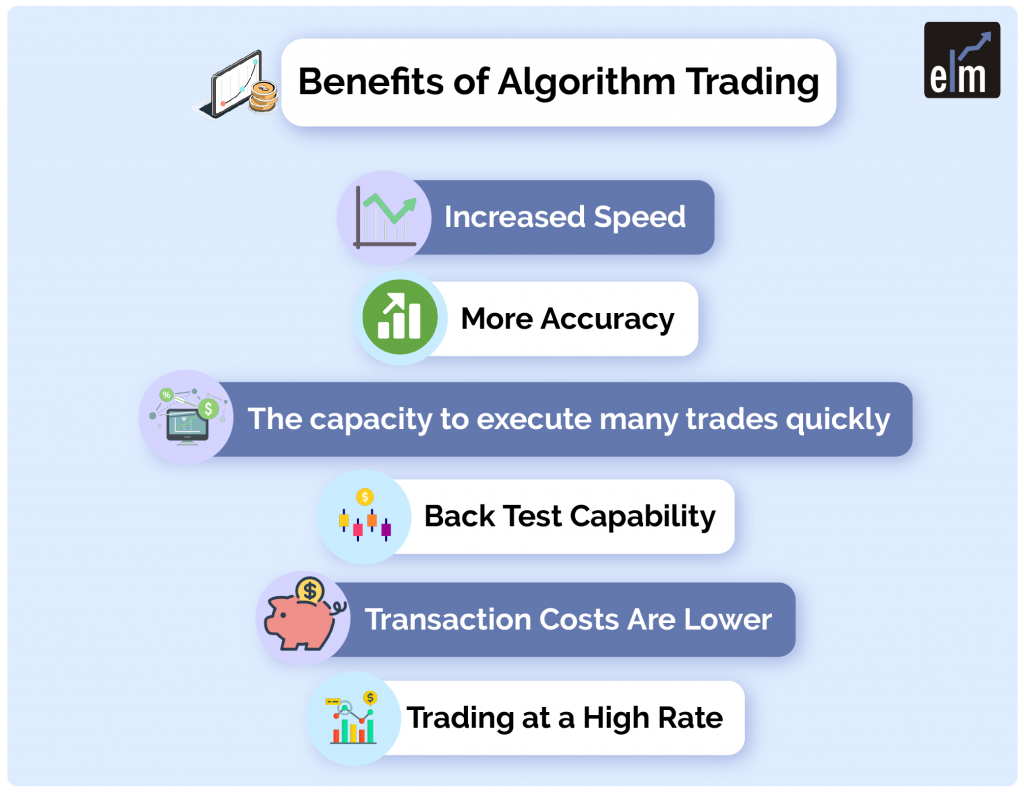Introduction:

Image: blog.dhan.co
In the fast-paced world of financial markets, the rise of algorithmic trading has ushered in an era of unparalleled automation. From high-frequency trading to complex order execution algorithms, computers are increasingly taking center stage in the trading arena. One area where algorithmic trading has made significant strides is in the realm of option trading.
Options, financial contracts that give the buyer the right (but not the obligation) to buy or sell an underlying asset at a specified price and time, have long been used to manage risk and enhance returns. However, the complexity of option pricing and the need for dynamic adjustments have made manual option trading a challenging endeavor. Algo option trading leverages the power of computer algorithms to automate these processes, providing traders with the agility and efficiency needed to navigate complex market conditions.
Delving into Algo Option Trading:
Algo option trading algorithms are pre-programmed sets of instructions that guide trading decisions based on defined parameters. These algorithms can range from simple rule-based systems to highly sophisticated models that incorporate advanced statistical analysis and machine learning techniques.
Historical Roots:
The origins of algo option trading can be traced back to the late 1970s and early 1980s when quantitative analysts began to develop computerized systems to assist in option pricing and risk management. However, it was the advent of high-speed internet and the proliferation of electronic trading platforms in the 1990s and early 2000s that truly fueled the growth of algorithmic trading in the equity and options markets.
Core Concepts:
At its core, algo option trading algorithms utilize mathematical models and statistical analysis to evaluate market data, identify trading opportunities, and execute trades according to pre-defined strategies. These strategies may be based on a variety of factors, including technical analysis, fundamental analysis, or a combination of both. Some common types of algo option trading algorithms include:
- Time-Based Algorithms: These algorithms initiate trades based on specific time intervals or market events. For example, an algorithm might place an order to buy an option at the market open or sell an option at a specific expiration date.
- Trend-Following Algorithms: These algorithms follow price trends and enter or exit trades based on signals from moving averages, momentum indicators, or other technical analysis tools.
- Value-Based Algorithms: These algorithms evaluate option prices relative to their intrinsic value or implied volatility to identify potential trading opportunities.
- Volatility-Based Algorithms: These algorithms trade options based on changes in implied volatility. They may enter trades when volatility is high or low, or adjust positions dynamically as volatility changes.
Applications in Real-World Trading:
Algo option trading algorithms are used by a wide range of market participants, including individual traders, hedge funds, and institutional investors. They can be employed for various trading strategies, such as:
- Hedging: Using options to manage risk in existing portfolio positions.
- Income Generation: Selling covered calls or cash-secured puts to generate premium income.
- Speculation: Trading options on their own for potential profit from price movements.
- Quantitative Arbitrage: Exploiting price discrepancies between different options contracts or between options and their underlying assets.
Emerging Trends and Innovations:
The realm of algo option trading is constantly evolving, with new strategies and technologies emerging all the time. One notable trend is the increasing use of artificial intelligence (AI) and machine learning (ML) to develop more sophisticated algorithms. AI and ML algorithms can analyze vast amounts of data to identify complex patterns and make trading decisions in real-time, enhancing the efficiency and performance of automated trading systems.
Conclusion:
Algo option trading has transformed the options market, providing traders with unprecedented levels of automation, efficiency, and precision. By leveraging the power of computers and advanced algorithms, traders can optimize risk management, enhance return potential, and capture trading opportunities that were once difficult or impossible to execute manually. As the technology continues to evolve, algo option trading algorithms are expected to play an increasingly vital role in the financial markets, driving innovation and shaping the future of trading.

Image: blog.elearnmarkets.com
Algo Option Trading






